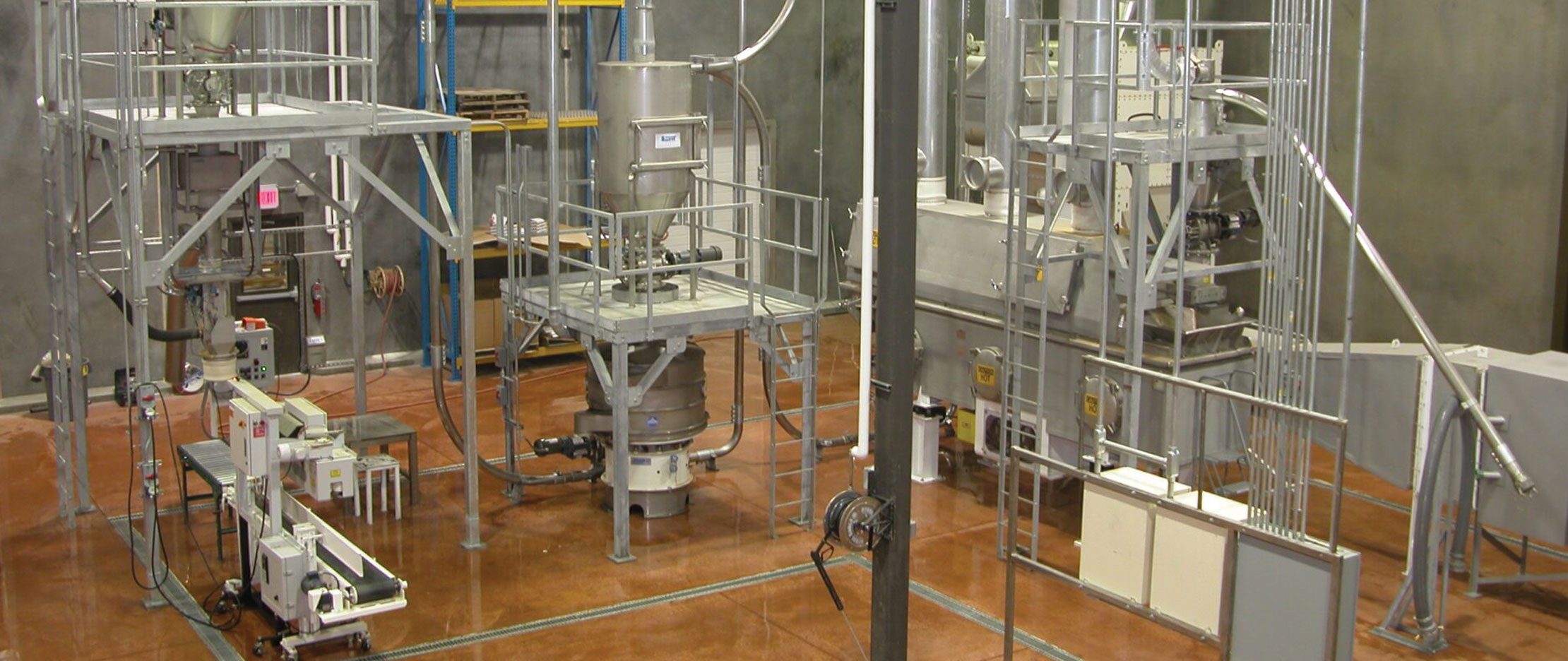
Keeping your manufacturing floor’s integrated system running optimally, both now and well into the future, is crucial for achieving efficiency, productivity, and profitability. Performing regular maintenance and keeping your system up to date can help prevent expensive downtime, enhance overall system performance, and streamline your manufacturing operations.
As both a manufacturer and a systems integrator, Magnum Systems understands the best methods for maintaining and updating your system. In this blog, Magnum outlines seven essential steps to help keep your single- or multi-plant business running smoothly.
Why Maintenance and Updates Matter
Integrated systems are the backbone of modern industrial manufacturing, connecting machinery, processes, and technologies to achieve seamless operations. However, even the most advanced systems require ongoing attention. Neglecting routine maintenance or delaying updates can lead to:
By establishing a strategic maintenance and update plan, manufacturers can minimize risks, extend the lifespan of their systems, and meet evolving production demands.
Let’s take a look at the best ways to keep your system in tip-top condition:
1. Conduct Regular System Assessments
Establish a routine schedule for assessing your integrated system. Start with these steps to identify potential issues early:
Periodic assessments help you stay ahead of problems, reducing both downtime and repair costs. Consider using advanced monitoring tools to automate performance tracking for better accuracy.
2. Follow a Proactive Maintenance Plan
Preventive maintenance can save significant time and money compared to reactive measures. Develop a proactive approach by following these strategies:
A proactive plan ensures you avoid costly production halts and maintain your system’s efficiency over time.
3. Invest in Software Updates
Software plays a critical role in managing operations within integrated systems. Manufacturers often delay updates, fearing operational disruptions, but outdated software can lead to:
Ensure your systems are running on the latest software versions by following these practices:
Remember, a well-maintained system is not only more secure but also supports advanced features essential for competitive manufacturing.
4. Leverage Industry Expertise
Partnering with a manufacturing plant systems integrator can empower you with invaluable expertise for maintaining and upgrading complex systems. Working with the right partner can:
An experienced integrator ensures your systems remain reliable while adapting to changing technology requirements.
5. Plan for Future Scalability
Manufacturing operations evolve, and so should your integrated system. Investing in scalable solutions today prevents unnecessary overhauls down the line. To future-proof your integrated system:
This approach strikes the best balance between current performance needs and long-term operational flexibility.
6. Train Your Team Effectively
Even the most advanced systems are only as good as the people managing them. Comprehensive training ensures your team can identify issues promptly, operate systems efficiently, and take corrective action when necessary. Key steps include:
Building a skilled workforce reduces errors, improves productivity, and extends the lifespan of your integrated system.
7. Prioritize Cybersecurity Measures
As integrated systems become increasingly connected, they also become more vulnerable to cyber threats. Protecting your systems from potential breaches is critical to maintaining operational integrity and safeguarding sensitive data. To enhance cybersecurity:
By prioritizing cybersecurity, you not only protect your systems but also ensure uninterrupted operations and maintain the trust of your stakeholders.
Maintaining and updating your integrated system is crucial for staying competitive and future-proofing your business. By performing regular assessments, following a proactive maintenance schedule, updating software, leveraging industry expertise, planning for scalability, and training your team, you ensure long-term reliability and efficiency.
Proactive care today prevents costly problems tomorrow. Contact us today to help you reach your short-term success and long-term growth.
Magnum Systems podcast series, AIM!
RELATED POSTS
Five Ways to Increase Your Manufacturing Automation Game Without Decreasing Employee Morale
Maximizing Manufacturing Efficiency: The Role of Automation in Integrated Systems
Providing Greater Innovation, Customized Solutions, and Enhanced Value
A Modern Approach to Manufacturing: How Magnum Systems Uses AI
Systems Integration: Future-Proofing Your Manufacturing Operations Today
Related Post
Digital Transformation in Mining: The Systems Integrator’s Prospect
From Pen Chart Recorder to Digital: Making the Transition with Confidence
John Girgis Appointed Director of Engineering at Magnum Systems
When to Repair or Replace: A Guide For Aging Material Handling Equipment